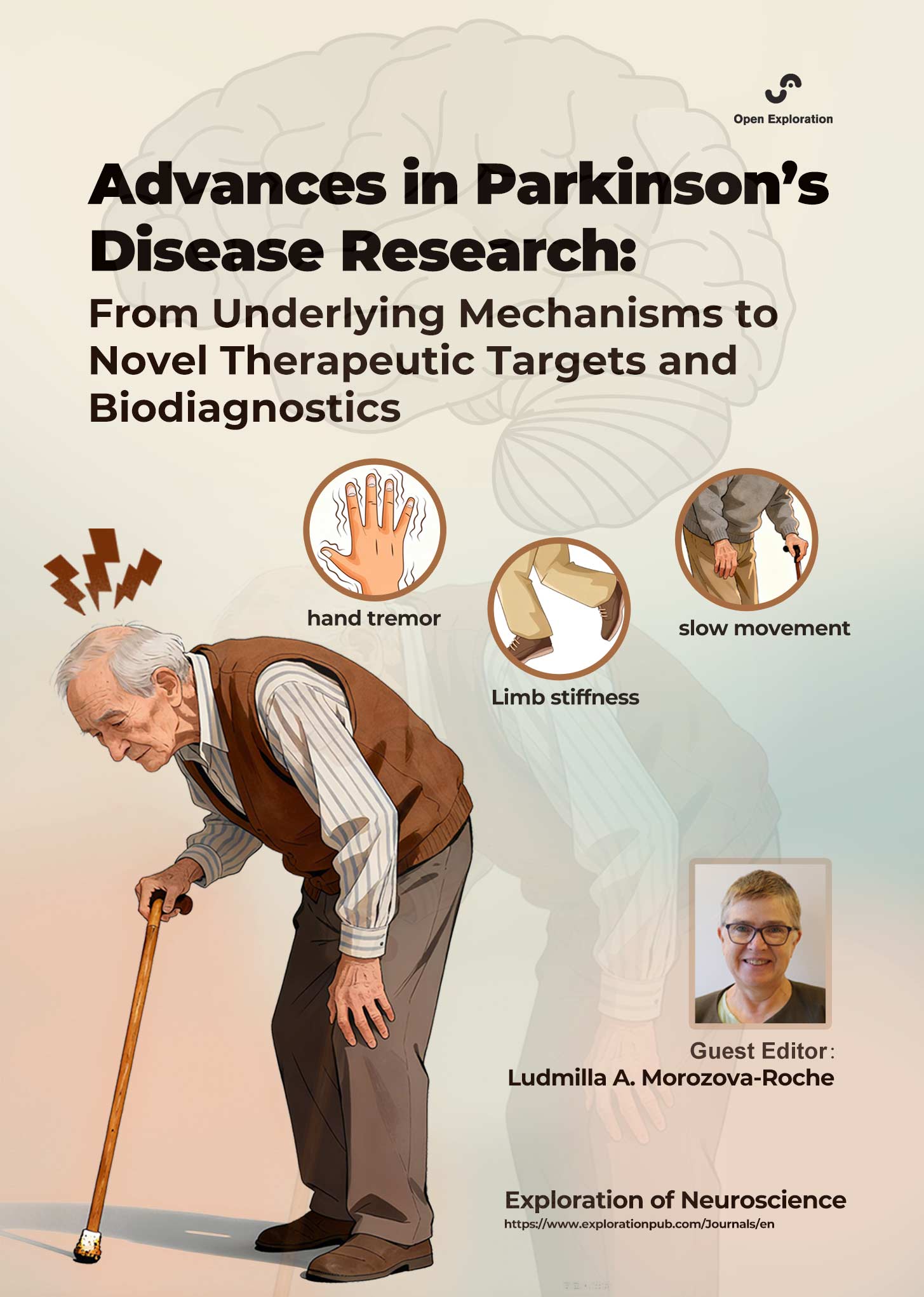
Advances in Parkinson's Disease Research: From Underlying Mechanisms to Novel Therapeutic Targets and Biodiagnostics
Guest Editor
Prof. Ludmilla A. Morozova-Roche E-Mail
Professor in Medical Biophysics, Department of Medical Biochemistry and Biophysics, Umea University, Umea, Sweden
Research Keywords: Molecular and cellular mechanisms of neurodegeneration and aging with focus on the amyloid and neuroinflammatory pathways, and therapeutics and biomarkers to target these mechanisms
About the Special lssue
Parkinson’s disease (PD) is a progressive neurodegenerative disorder, encompassing the group of clinical syndromes with Parkinsonism. This is a multifactorial disease associated with a combination of cellular, genetic, and environmental factors.
The main mechanisms of PD involve the following pathologies at the molecular, cellular, and tissue levels: (1) Degeneration of dopaminergic neurons in the substantia nigra pars compacta, which leads to reduced dopamine levels and disrupted motor control. At later PD stages, other neurons also become damaged, leading to appearance of non-motor symptoms and general cognitive decline. (2) Amyloid cascade, which involves α-synuclein amyloid aggregation and hetero-aggregation with some other amyloidogenic proteins into amyloid oligomers and larger amyloid inclusions known as Lewy bodies. The spread of α-synuclein amyloids may occur via a prion-like mechanism, affecting multiple brain regions over time. This also involves the brain-gut axis as the bidirectional communication via the vagus nerve between the central nervous system and the gastrointestinal system, which results in spreading α-synuclein amyloids into the brain prior to apparent clinical symptoms. (3) Neuroinflammation, involving activation of microglia as well as release of inflammatory cytokines and ROS, which further damage neurons. (4) Impaired function of mitochondria. (5) Genetic mutations and other mechanisms.
Understanding the mechanisms underlying PD pathology stimulated the rapid development of new therapeutic strategies, aiming at both causes and symptoms of the disease. In addition to the traditional dopamine-based treatments, the newly developing approaches include natural compound-based neuro-protectors, monoclonal antibodies towards amyloid species, precision radio-surgical interventions, and other innovations.
Recent discoveries of metabolomic and proteomic biomarkers have opened new opportunities in diagnostics of PD prior to clinical symptoms becoming apparent, as well as prognostics of PD progression. This is a rapidly developing and very promising area. Profiling of metabolites and proteins in CSF and plasma linked to pathological pathways of PD enables to apply the therapeutic treatments at earlier stages of disease and improve disease outcomes.
This is a broad outline of intricately linked aspects of PD research, diagnostics, and treatment. Papers to address the above problems will be greatly welcomed and highlighted in this special issue.
Keywords: Parkinson’s disease, amyloid cascade, α-synuclein, Lewy bodies, neuroinflammation, mitochondrial dysfunction, brain-gut axis, dopamine-based treatment, neuro-protectors, amyloid antibodies, biomarkers, biodiagnostics